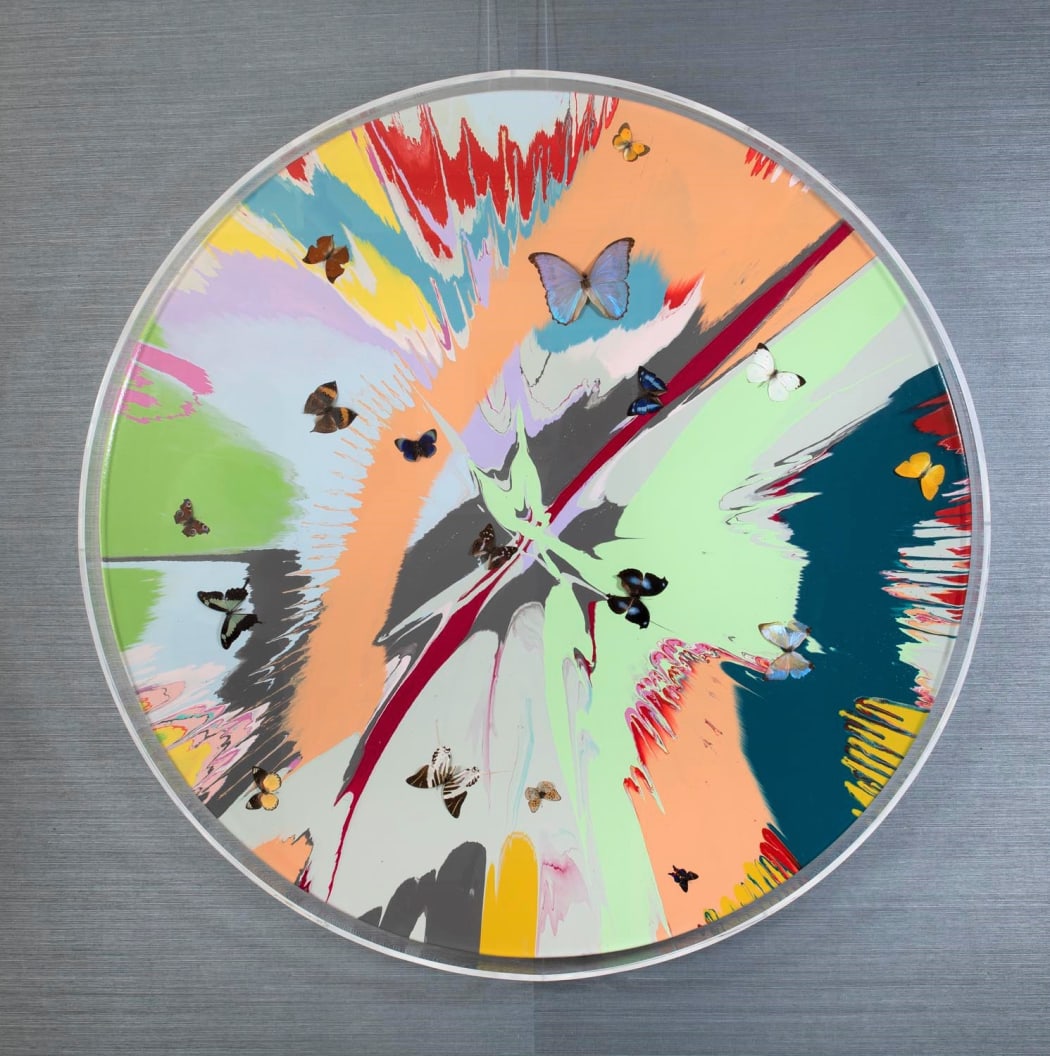
Early Life and Background
Born on June 7, 1965, in Bristol, England, Damien Hirst grew up in a working-class family. His upbringing was marked by a curiosity about life and death, which would later become a recurring theme in his art. Hirst studied Fine Arts at Goldsmiths, University of London, where he honed his artistic skills and developed a unique perspective that would set him apart from his contemporaries.
Death as a Dominant Theme
One of the most striking aspects of Hirst's work is his fascination with mortality. Throughout his career, he has explored the theme of death in various ways, including in his famous series of artworks known as the "Natural History" series. This collection features preserved animals, including sharks and cows, suspended in formaldehyde. These pieces force viewers to confront their own mortality and the transitory nature of life.
Hirst's fascination with death is deeply rooted in his own experiences and fears. He has spoken openly about how the premature death of his close friend, Angus Fairhurst, affected him profoundly. This personal loss has served as a powerful motivator and inspiration for his exploration of mortality in his art.
Medicine and Science
Another major influence on Hirst's work is his interest in medicine and science. This is evident in his use of pharmaceuticals and medical equipment in his art, particularly in the iconic "Medicine Cabinet" series. Hirst's fascination with medicine extends to his belief in the power of art to confront the human condition and provoke thought.
In an interview, Hirst once said, "I see art as a kind of medicine, and I think you make art for yourself; if it's medicine for anybody else, that's great." This perspective underscores his commitment to using art as a means to engage with important issues and provoke introspection.
Nature and the Animal Kingdom
Nature, particularly the animal kingdom, has been a recurring theme in Hirst's work. His interest in the natural world is evident in his use of animals, butterflies, and other natural elements in his art. The kaleidoscope of colors and intricate patterns seen in his butterfly artwork series, for instance, celebrates the beauty of nature while also highlighting its fragility.
Hirst's fascination with the animal kingdom may stem from his childhood spent in the English countryside. He often speaks of the sense of wonder and awe he felt when surrounded by nature, and this reverence for the natural world is evident in his art.
Chaos and Control
Damien Hirst spin paintings are a means to explore the interplay between chaos and control. By placing paint on a spinning canvas, he relinquishes most of the control over the outcome, allowing chance and centrifugal forces to shape the final artwork. This process reflects Hirst's fascination with the unpredictable nature of life and creation, echoing themes of randomness and order that run through much of his work.
Damien Hirst's art is a reflection of his complex personality, his experiences, and his deep-seated beliefs. His exploration of themes such as death, medicine, and nature has captivated the art world and challenged viewers to confront their own mortality and the intricacies of existence. Hirst's ability to transform his personal inspirations into thought-provoking art continues to make him a pivotal figure in contemporary art, pushing the boundaries of creativity and challenging our perceptions of what art can be.
For Damien Hirst paintings for sale please contact us at sales@andipa.com or +44 (0)20 7581 1244.
